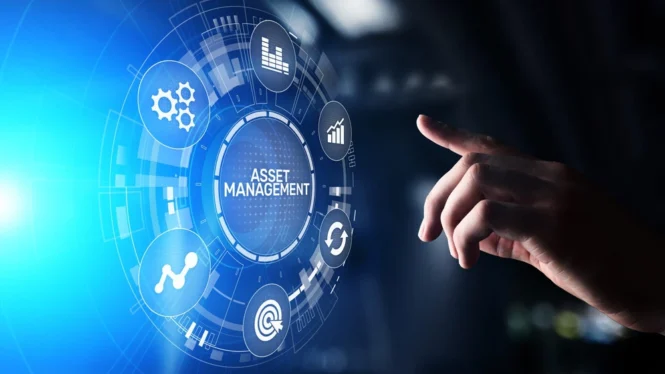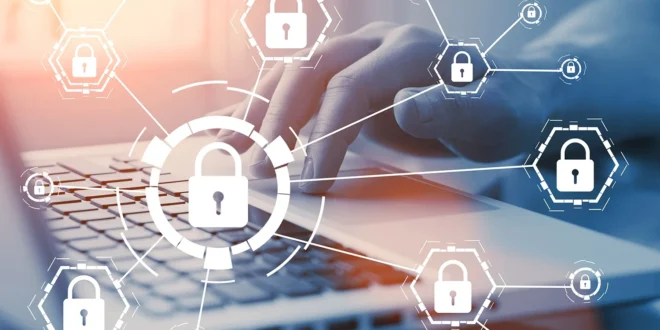Information technology (IT) is the backbone of most organisations, facilitating everything from communication and data storage to software applications and security measures. Managing IT assets efficiently is crucial for businesses of all sizes to ensure operational effectiveness, cost control, and compliance with licensing and regulatory requirements.
Understanding IT Asset Management Software
IT Asset Management Software is a comprehensive solution designed to help organisations track, manage, and throughout their entire lifecycle.
These assets include hardware components like computers, servers, printers, and networking equipment licenses, applications, and digital resources. It is where IT Asset Management Software steps in to streamline the process.
Asset Discovery and Inventory

One of the primary functions of IT Asset Management Software is asset discovery and inventory management. The software typically begins by scanning the network to identify and catalog all connected devices and software applications. This automated process ensures that all assets, whether on-premises or remote, are accounted for and included in the inventory. The software collects critical information about each asset, such as its make and model, serial number, configuration details, installed software, and usage history. This data is stored in a centralised database, creating a real-time, up-to-date inventory of all IT assets within the organisation.
Asset Classification and Categorisation
Once the assets are discovered and inventoried, IT Asset Management Software classifies and categorises them into various groups. This categorisation helps organisations organise their assets more effectively and simplifies management. Assets can be grouped by type (e.g., servers, laptops, mobile devices), location (e.g., office branch, data center), and ownership (e.g., owned, leased, or vendor-managed).
License Management
Managing software licenses is a critical aspect of ITAM, as non-compliance can lead to costly fines and legal issues. IT Asset Management Software tracks software licenses and their associated entitlements. It monitors software usage and ensures that the organisation is not using more licenses than it owns. The software also alerts administrators when licenses are due for renewal or new licenses need be purchased. This proactive approach to license management helps organisations avoid unnecessary expenses and stay in compliance with software vendors’ terms and conditions.
Asset Lifecycle Management

IT Asset Management Software facilitates the entire lifecycle management of IT assets, from procurement to disposal. It helps organisations inform decisions about when to retire or replace assets based on factors like age, performance, and maintenance history. For instance, the software can generate reports and analytics that provide insights into the cost of maintaining older equipment versus acquiring new, more efficient assets. This data-driven approach ensures that organisations optimise their IT investments over time.
Tracking Changes and Updates
In a dynamic IT environment, changes are frequent. Devices are added, removed, or upgraded, and software installed or uninstalled regularly. IT Asset Management Software keeps track of these changes in real-time. When a device undergoes a hardware upgrade, the software updates its inventory record to reflect the new specifications. Similarly software installed or removed, the software inventory is automatically adjusted. This level of automation reduces the likelihood of discrepancies between the inventory and the actual IT environment, saving time and reducing the risk of non-compliance.
Reporting and Analytics
One of the most valuable features of IT Asset Management Software is its reporting and analytics capabilities. The software can generate a wide range of predefined and customisable reports that provide insights into various aspects of IT asset management. These reports can include asset utilisation, warranty information, compliance status, and cost analysis. Decision-makers can use this information to identify cost-saving opportunities, track asset performance, and make informed strategic decisions about IT investments.
Integration with Other Systems

IT Asset Management Software often integrates seamlessly with other IT management and procurement systems. This integration allows for a more holistic approach to IT management by synchronising asset data with other critical processes. For example, when an asset is retired in the IT Asset Management Software, the information can be automatically shared with the procurement system to initiate the purchase of a replacement asset. This level of automation streamlines workflows and reduces manual data entry, further saving time and resources.
Preventative Maintenance
Preventative maintenance is essential to ensure longevity and optimal performance of IT assets. IT Asset Management Software can help companies schedule and track maintenance tasks, such as software updates, hardware servicing, and equipment inspections. Automating maintenance processes and providing notifications for upcoming organisations can avoid unexpected issues and downtime. This proactive approach not saves time but reduces the overall cost of asset maintenance. Moreover, when licenses need to be renewed or updated, the software can send automated notifications, eliminating the need for manual tracking and reducing the risk of overlooking critical deadlines.
Reporting and Analytics

Effective decision-making relies on accurate data and insights. IT asset management software provides robust reporting and analytics capabilities that enable companies to gain deep understanding of their IT assets and expenses. Predefined and customisable reports can be generated at the click of a button, saving time compared to manually compiling data from various sources. These reports can help organisations identify areas for optimisation, such as underutilised assets or cost-saving opportunities. Additionally, historical data and trends can be analysed to make informed strategic decisions, ultimately saving time and resources in the long run.
Streamlined Procurement
Procurement is critical in any organisation, and IT asset management software can simplify and expedite this process. By maintaining an accurate inventory of existing assets and their usage, companies can make informed decisions about when and what to purchase. It prevents over-procurement of assets and reduces unnecessary expenditures. Some IT asset management software solutions offer integration with vendors and suppliers, allowing for automated procurement workflows. It means that purchase orders, invoices, and approvals can all be streamlined within the software, saving time and eliminating the need for manual data entry and communication.
Conclusion
Automating asset discovery, inventory management, classification, license tracking, and this software simplifies complex IT management tasks, reduces manual errors, ensures compliance, and helps organisations optimise their IT investments over time. With its reporting and analytics capabilities, IT Asset Management Software empowers organisations to make data-driven decisions, enabling them allocate resources more effectively, minimise downtime, and remain competitive in an ever-evolving IT landscape.
 Imagup General Magazine 2024
Imagup General Magazine 2024
